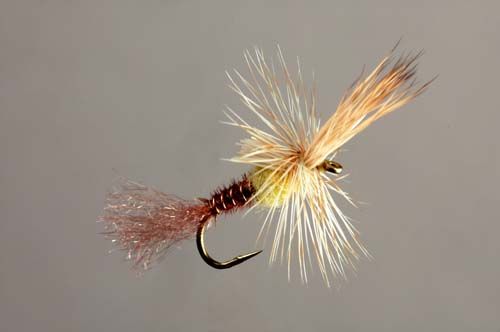
Okay, so it’s not exactly the most politically correct name for a fly pattern. Maybe the Quigley Emergently Challenged Mayfly would be a better choice? Nevertheless, as teased in the newsletter text, it has been a “hatch buster” for me since probably the early 90’s. The fly has been around a little longer than that, devised by Bob Quigley in the late 1970’s.
What do I mean by hatch buster? Some hatches of aquatic insects can get so heavy and last for such long periods of time that trout become ultra selective on the flies they eat. They just have so many of the naturals available. Your fly, no matter how precise an imitation, can get lost in the mix. We have few hatches of that magnitude in this area. When we do, it’s usually a sulphur mayfly. They can come off fairly heavily in the mountains in May, particularly late in the day. We also see significant hatches of them on area tailwaters, particularly the Clinch and South Holston. On the Clinch, it’s usually from late April through early July. On the South Holston, they come off nearly nine months out of the year!
The Quigley Cripple looks a bit of a mess, but that’s kind of what it’s supposed to look like. During the emergence process, there’s a period of time when the adult mayfly is attempting to break free of its nymphal shuck. It usually occurs right in the surface film and it usually only takes a couple of seconds. However, this is a highly vulnerable couple of seconds. You can’t run with your pants down! Sometimes they’ll get stuck in this stage even longer, particularly on damp or even overcast days.
In either case, trout will often key in on the insects that are in this stage as they are such easy targets. In many cases during a heavy hatch, you’ll find trout that feed exclusively on bugs in this stage, ignoring adults and nymphs. Needless to say, if you don’t have a fly that imitates this, you could be missing out on a lot of trout!
There are a number of patterns that are intended to represent this stage of a mayfly’s life, but I have had more success with the Quigley than any other. The brown tail and “abdomen” of the fly suggest the case of the nymph while the yellow “thorax” suggests the adult half out of the case. The deer hair and hackle represent the wings and legs of the struggling adult.
It sits pretty low in the surface film. As a matter of fact, I often apply floatant to only the thorax and wing so that the fly will rest sort of half above and half below the surface film. Because it sits so low, it can be a little difficult to see. My favorite way to fish it is as a dropper, about 18” behind a more visible parachute or comparadun dry fly pattern. Having the higher riding dry fly as reference allows me to better see the cripple. Even when I can’t see it, if I see a trout rise within 18” of my dry fly, I assume he’s hitting the cripple and set the hook. Great fly, give it a try!
Learn more about Smoky Mountain hatches and flies in my hatch guide.
Quigley Cripple
Hook: TMC 100 (or equivalent) #16-18
Thread: 8/0 pale yellow
Tail: Rusty brown antron
Abdomen: Rusty brown antron
Rib: Fine copper wire
Thorax: Sulphur dry fly dubbing
Wing: Coastal deer hair
Hackle: Light to medium dun


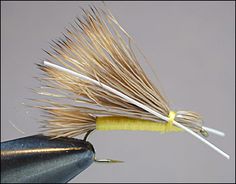
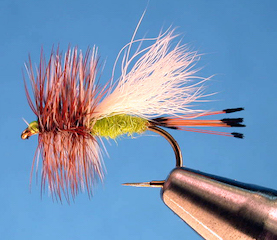
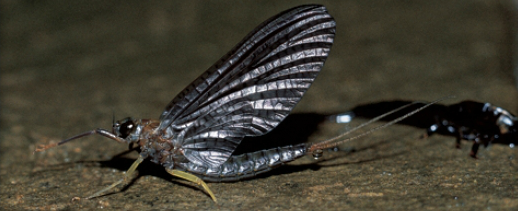
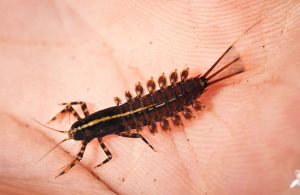
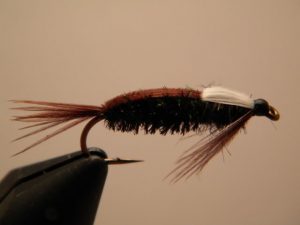
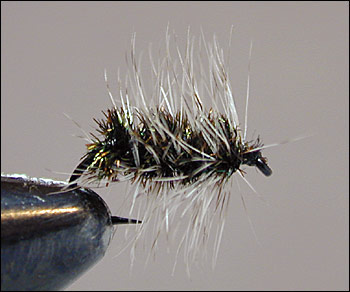
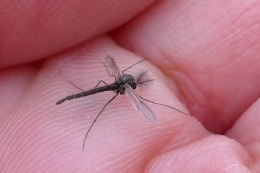
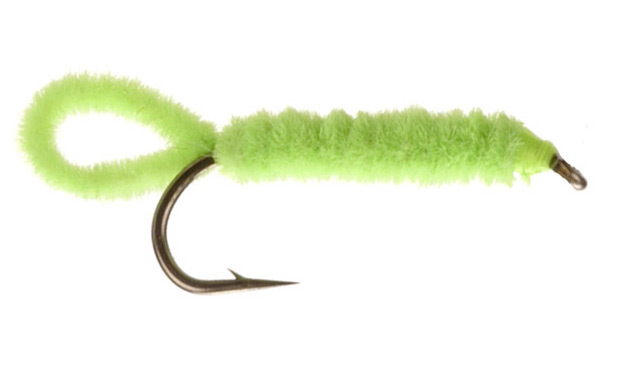
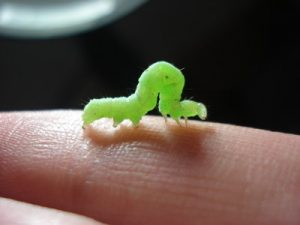
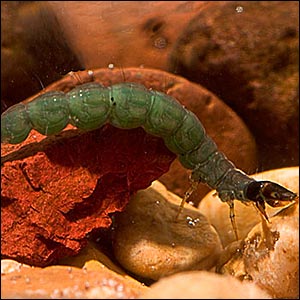
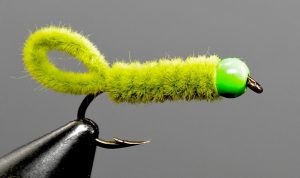
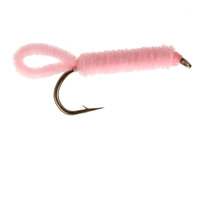
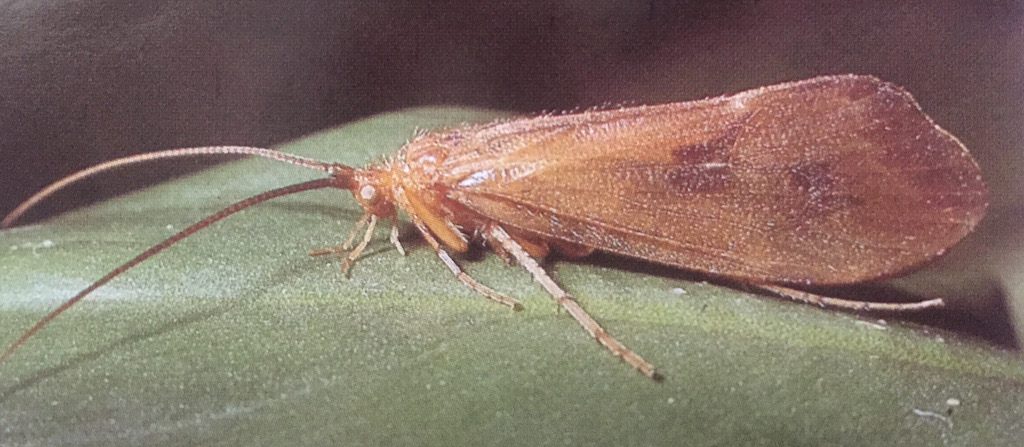
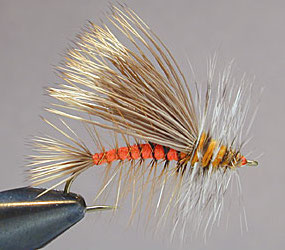
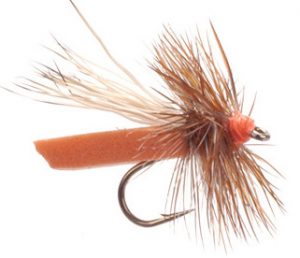
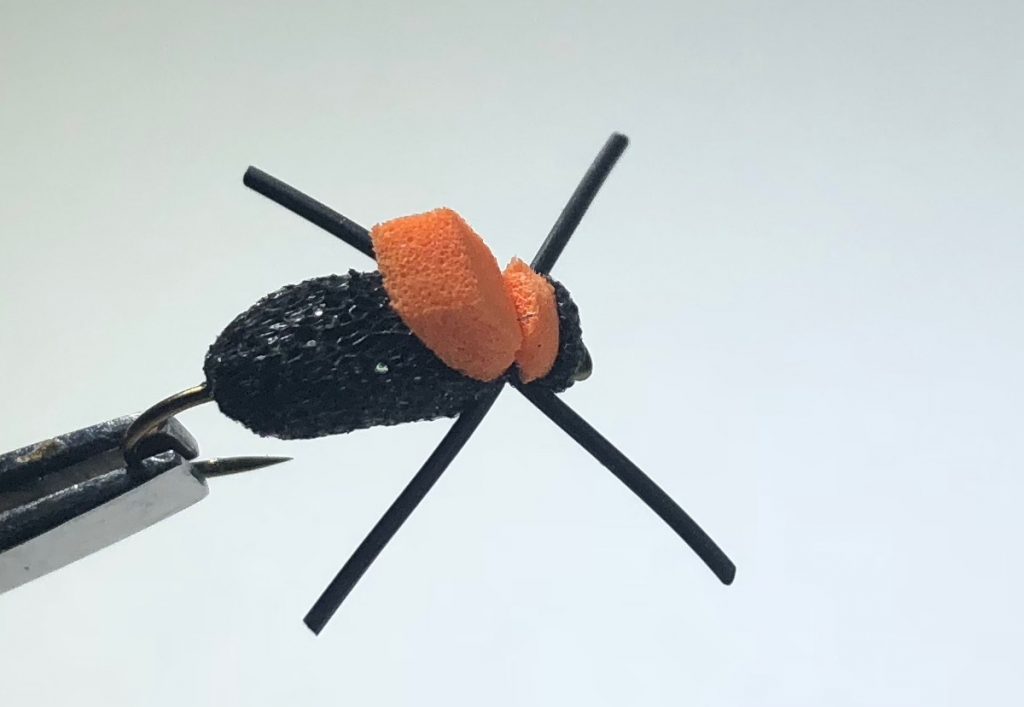
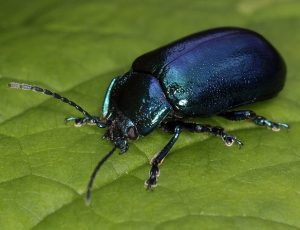
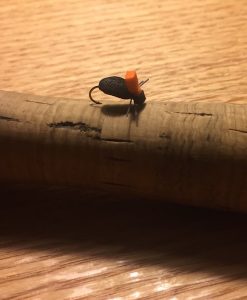
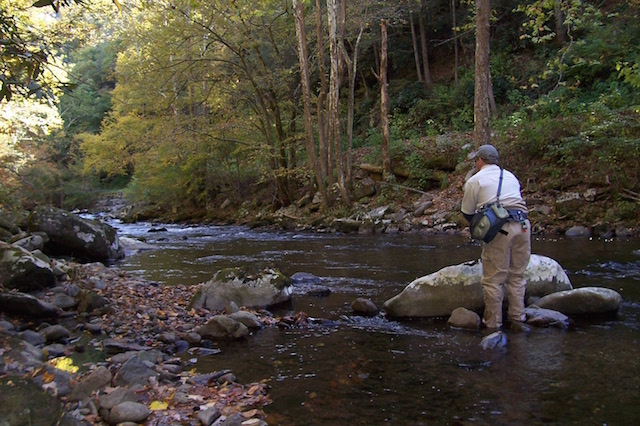 Last month, I talked about ways to simplify your fly selection and offered tips on how to choose flies based on season and what was hatching. Based on the number of questions I had, however, I left out an important part of the process. Many folks said they are often uncertain when to fish a dry fly vs. a nymph.
Last month, I talked about ways to simplify your fly selection and offered tips on how to choose flies based on season and what was hatching. Based on the number of questions I had, however, I left out an important part of the process. Many folks said they are often uncertain when to fish a dry fly vs. a nymph.